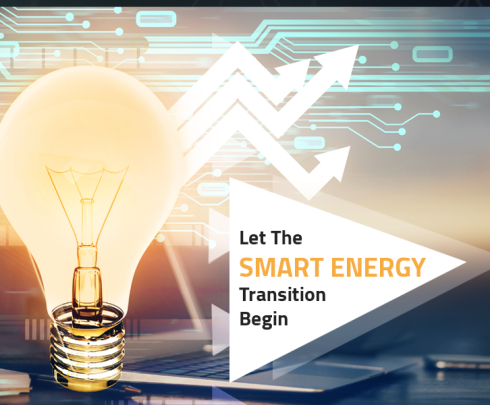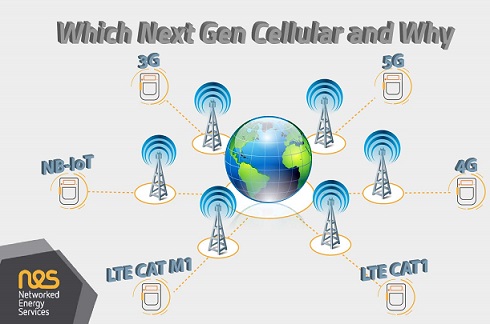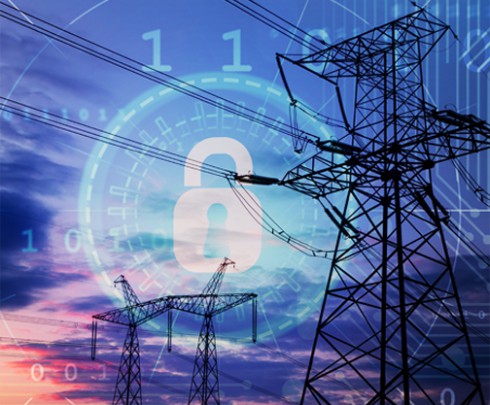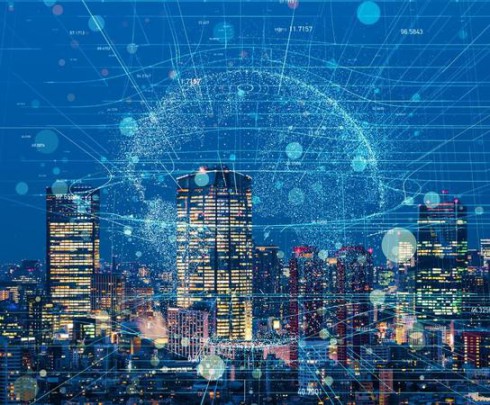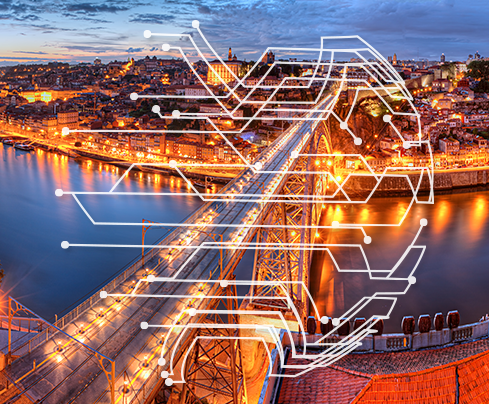
Europe’s power reliability - are 'smart' grids intelligent enough?
Apr 18, 2018Grid reliability is crucially important to safeguarding utility revenue, customer service and asset lifespan. NES tells Engerati how new distributed intelligence applications could help.
The branding of ‘smart grids’ makes them sound just that - smart. In terms of capabilities and technology, however, the low-voltage (LV) grid lacks intelligence, says Lars Molske, Product Manager, Low Voltage Grid Analytics & Distribution Outcomes at Networked Energy Solutions (NES).
According to Molske, Europe’s LV grid is not performing as reliably as it could be.
The reason for this? Outdated technology and processes. “We’ve been using estimates from the last 25-30 years to manage the networks. Now we have new technologies, people becoming more energy aware and more efficiently managing their usage, so the average consumption per customer is getting lower,” he explains.
“In addition, things like solar, energy efficiency and electric vehicles are changing the grid, and unfortunately utilities have no visibility of the LV grid.”
In distribution networks, Molske considers the LV grid to be the weak link in a smart chain. The difficulty he identifies is that it will require a different approach.He says, “so far we’ve made the transmission systems smart, as well as the medium-voltage grid to some extent, but making the LV grid smart with traditional methods, such as using SCADA solutions, would be expensive and impractical.” Using technologies like deep learning, machine learning, and artificial intelligence as grid applications is the natural next step for the local, LV grid, he argues.
“Most of the smart grid is not really ‘smart’. It’s mainly switching loads, but that response technology is the only thing I see as really intelligent. Even then, that’s following some really basic principles: if-then-else.” Instead, Molske and NES suggest there can be better leveraging of smart meters that are already in the LV grid, thanks to Europe’s smart meter rollout efforts. Although it may require distribution system operators (DSOs) to better use advanced metering infrastructure (AMI) systems.
Better usage for AMI in LV grids
“What we’re looking at is using smart meter infrastructure to provide more information about the grid - to identify voltage quality, observe anomalies and patterns and others items,” Molske explains.
If utilities then put that information into a machine learning platform, they can identify the problems before they happen by recognising patterns. This can increase their awareness of what happens in the grid, but also turn that into predictive analytics, reducing operational expenditures for maintenance and outage hours.
According to Molske, there are three factors as to why this technology has yet to take on the utility industry as it has elsewhere. “The first reason is that it’s a very careful industry, responsible for a critical infrastructure around the world. They don’t just jump on any trend or bandwagon to the future, but tend to be conservative.”
“Then,” he continues, “there’s the issue with machine learning, where you can only learn but only when you’ve got the data, so it can take a couple of years to develop a truly smart grid.”
Finally, there are difficulties from a resourcing perspective - many utilities are still trying to roll out smart meters. Molske explains, “processing smart meters and implementing the structure has been known to take 15-20 years for some DSOs. NES had this idea years ago, and utilities knew even then that it was the future. The problem was that utilities didn’t have any the appropriate resources, time and money to implement it in a meaningful way.”
Now that AMI systems are more commonplace, utilities and DSOs can begin to make their smart grids truly intelligent. By building this from existing infrastructures, it takes away the necessity from the utility to roll out new technology, adding new applications to the grid where the only cost is software licensing and data integration.
De-centralising LV management
Although this new technology enables utilities to solve previous difficulties regarding LV grid reliability, new difficulties naturally arise, such as data volume management.
Molske says, “with the new volume of data, it’s not economical to mine it in a centralised hub. If you’re getting 10 times more data per metering point and have to overlay with that grid topology and analyse the data, companies won’t have the resources or staffing, and currently don’t have the technology either.”
NES is able to take that responsibility away from utilities, handling the data and establishing value before reporting back with valuable insights.
One solution enabling this intelligent technology is the distributed control node (DCN). It can build the topology of the grid without connecting to the head-end system and run localised algorithms. Using this computing resource and machine learning, the DCN has the ability to one day control the entire data analytic process itself.
Molske says, “these intelligent technologies are standard in the computer technology world. By providing the DSO with targeted information about what’s happening in the grid without all of the white noise of the regularities that are happening, it offers more actionable and relevant data.”
Ultimately, a truly intelligent smart grid provides opportunities to save utilities in operational expenditure, from data handling to outage prevention and management.
“Why should utilities spend huge amounts of capital to collect, analyse and store data only to later throw it away? If 100% of relevant information could be identified in the field in a localised way and get packaged to be sent upstream, it cuts out cost massively,” says Molske.
With the smart grid exposing more relevant information, business analytics tools are able to focus on the combination of the technical information with other sources of data – weather, demographics, social importance of consumer, VIP consumer, revenue for consumer or grouping of consumers.
DSOs will, in turn, be able to prioritise their operations and maintenance on a wider set of inputs, and not only focus on the technical nature of a problem, minimising the economic and social impacts of outages and degradations.
“By extending the rich data sets from in-house line-of-business systems with external sources like weather, market information, home automation, transformer sensors and more, DSOs are able to maximize the return of their existing data and get valuable actionable insight with the use of data analytics”, says Erik Åsberg, CTO, eSmart.
New-age analytics tools, such as those provided by eSmart, coupled with machine learning and AI, and the rich underlying information provided by sophisticated smart metering solutions, DSOs can move from being grid-aware to becoming business aware.
For more information on NES’ smart grid solutions in practice, tune in to our webinar, “Making the smart grid intelligent: Using apps for power reliability”.




